Bioart is a form of contemporary art that uses living matter (such as cells, bacteria, plants, fungi and even DNA) as a central part of artistic creation. It is on the border between art, biology and technology, and often questions ethical, philosophical and environmental issues linked to life.
What is bioart (simple summary):
- It's art made with or about life.
- It can include living organisms, biological materials or technologies such as gene editing and cell cultivation.
- Many works take place in laboratories or controlled environments, while others are exhibited in museums or public spaces.
- It is provocative and reflective, raising questions such as: how far can we manipulate life? What is natural? What is human?
Examples of bioart projects:
- "GFP Bunny" (Eduardo Kac): transgenic rabbit with a fluorescent jellyfish gene.
- "Stranger Visions" (Heather Dewey-Hagborg): portraits made with DNA found in chewing gum and strands of hair.
- "Victimless Leather" (Oron Catts and Ionat Zurr): mini jacket made from living cells grown in a laboratory.
How to get started in bioart - Technical requirements
- Interdisciplinary knowledge
You don't have to be a scientist, but it's important to study:
- Basic biology (cells, bacteria, fungi, genetics)
- Biotechnology (tissue culture, transgenics, bioengineering)
- Scientific and environmental ethics
- Art history and contemporary art
Free courses, workshops and residencies in bioart are a great place to start.
- Equipment and infrastructure (varies according to complexity)
For simple experiments (home or workshop level):
- Petri dishes
- Gelatine (as a culture medium)
- Natural colorings (turmeric, beet, etc.)
- Basic microscope
- Gloves, alcohol and sterilization materials
For advanced bioart:
- Cell culture incubator
- Greenhouse for fungi or bacteria
- High resolution microscope
- DNA extraction and analysis equipment
- Partner laboratory (many artists work in biohacklabs, university laboratories or art/science centers)
- Partnerships and support
- Universities (biology, biochemistry, genetics laboratories)
- Biohacklabs (like Hackteria or La Paillasse in Europe)
- Technological art institutions (Ars Electronica, ZKM, etc.)
- Art, science and innovation calls (e.g. Iberescena, Pro Helvetia, Rumos Itaú Cultural)
- Registration and security
- Always work with non-pathogenic organisms.
- Observe health and environmental laws (e.g. on transgenics or the disposal of biological material).
- Documenting processes with photos, videos and field diaries - this also becomes part of the work.
Notable Artists in Bioart
-
Anna Dumitriu
- Description: British artist and pioneer in bio-art, known for integrating microbiology and art in her work. Her projects explore infectious diseases, antimicrobial resistance and biotechnology.
- Notable Works:
- The Romantic Disease: Explores the history of tuberculosis.
- Make Do and Mend: Uses the CRISPR technique to edit bacterial genes.
-
Eduardo Kac
- Description: Brazilian-American artist known for his works that combine art and biotechnology, including genetically modified organisms.
- Outstanding work:
- GFP Bunny: A genetically modified rabbit that glows in the dark due to its green fluorescent protein.
-
Oron Catts and Ionat Zurr
- Description: A duo of Australian artists who founded the Tissue Culture & Art Project, exploring the interface between tissue culture and art.
- Outstanding work:
- Victimless Leather: Jacket made from living cells grown in a laboratory.
-
Heather Dewey-Hagborg
- Description: American artist and bio-hacker working with biotechnology and surveillance, known for creating portraits based on DNA collected from discarded objects.
- Outstanding work:
- Stranger Visions: Sculptural portraits created from DNA analysis of urban waste.
-
Marion Laval-Jeantet
- Description: French artist who explores the boundaries between species and the relationship between humans and animals in her performances.
- Outstanding work:
- May the Horse Live in Me: Performance in which he received a transfusion of horse blood plasma.
Studying the work of these artists can give you a deeper understanding of bioart and inspire your own practice in this area! I enjoyed researching this topic and want to venture into a bio-art series! I hope this post has inspired you too and if so, let's exchange ideas! ; )


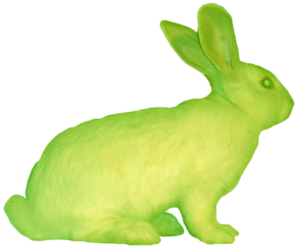
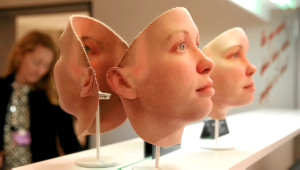


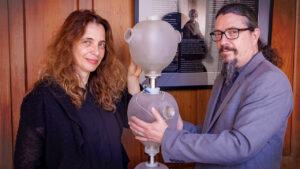
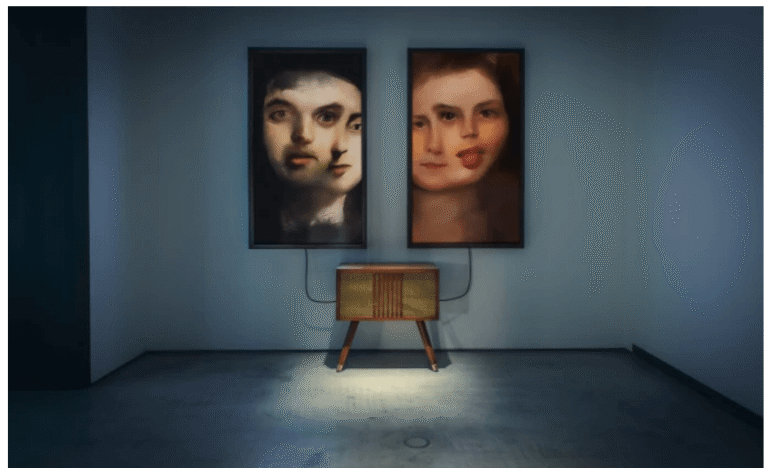
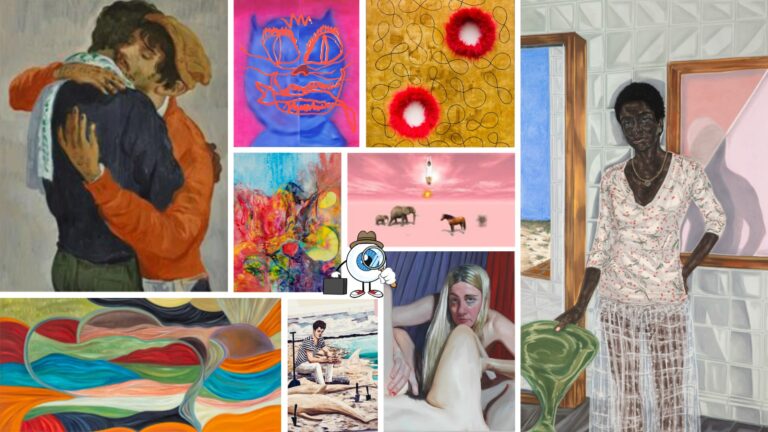
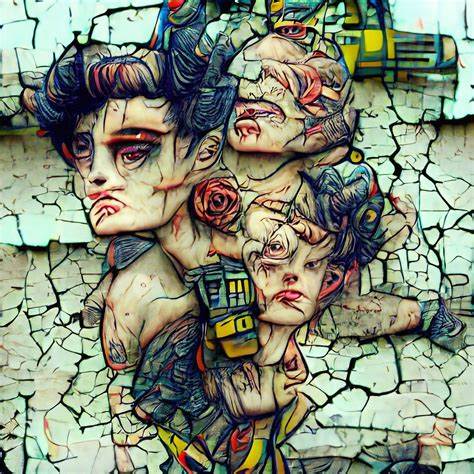
3 Responses
When someone writes a post he/she keeps the idea of a user in his/her mind that how a user can be aware of
it. So that's why this article is amazing. Thanks!
What an interesting proposal to explore relevant themes in the world of art! Art has a unique power to transform and connect people. Reframing images and moments is a powerful form of expression. I believe that artists, collectors and curators have a lot to learn and contribute to this process. How can we further this discussion to promote art even more? WordAiApi
I'm glad you liked it. I'm happy to exchange ideas about art based on research and reflection! ; )